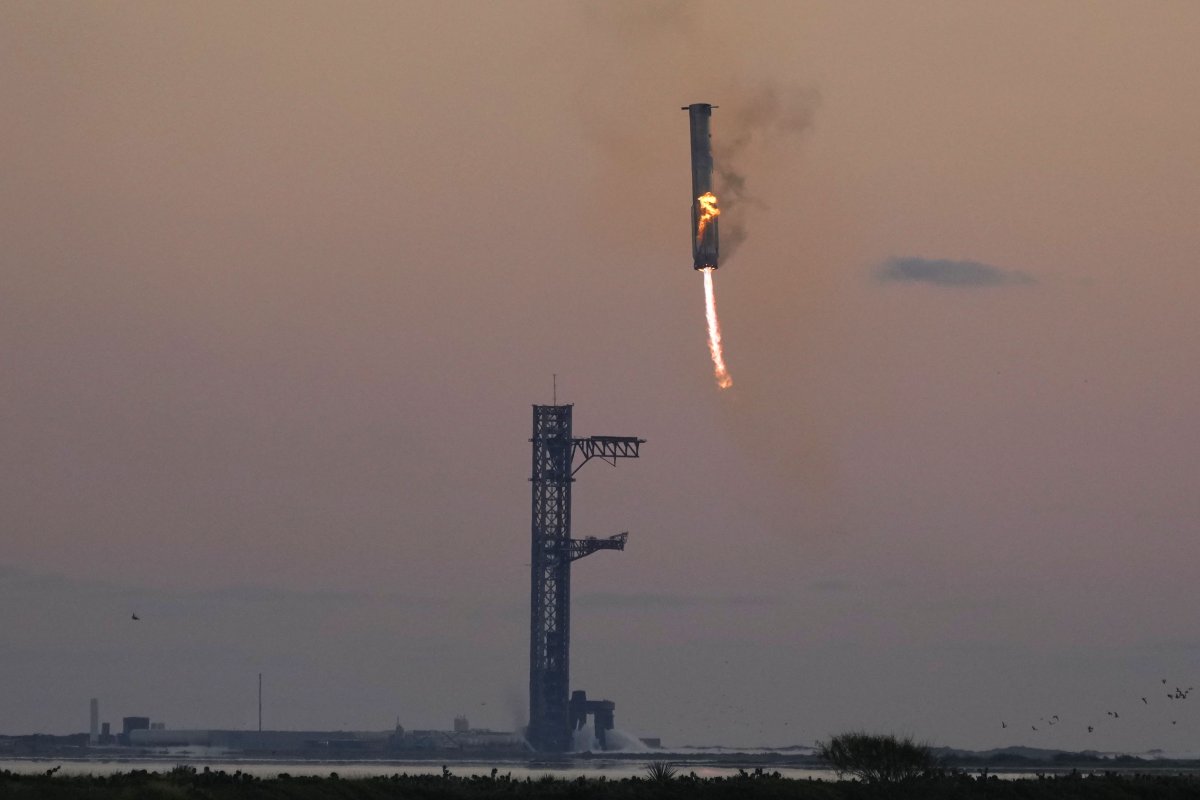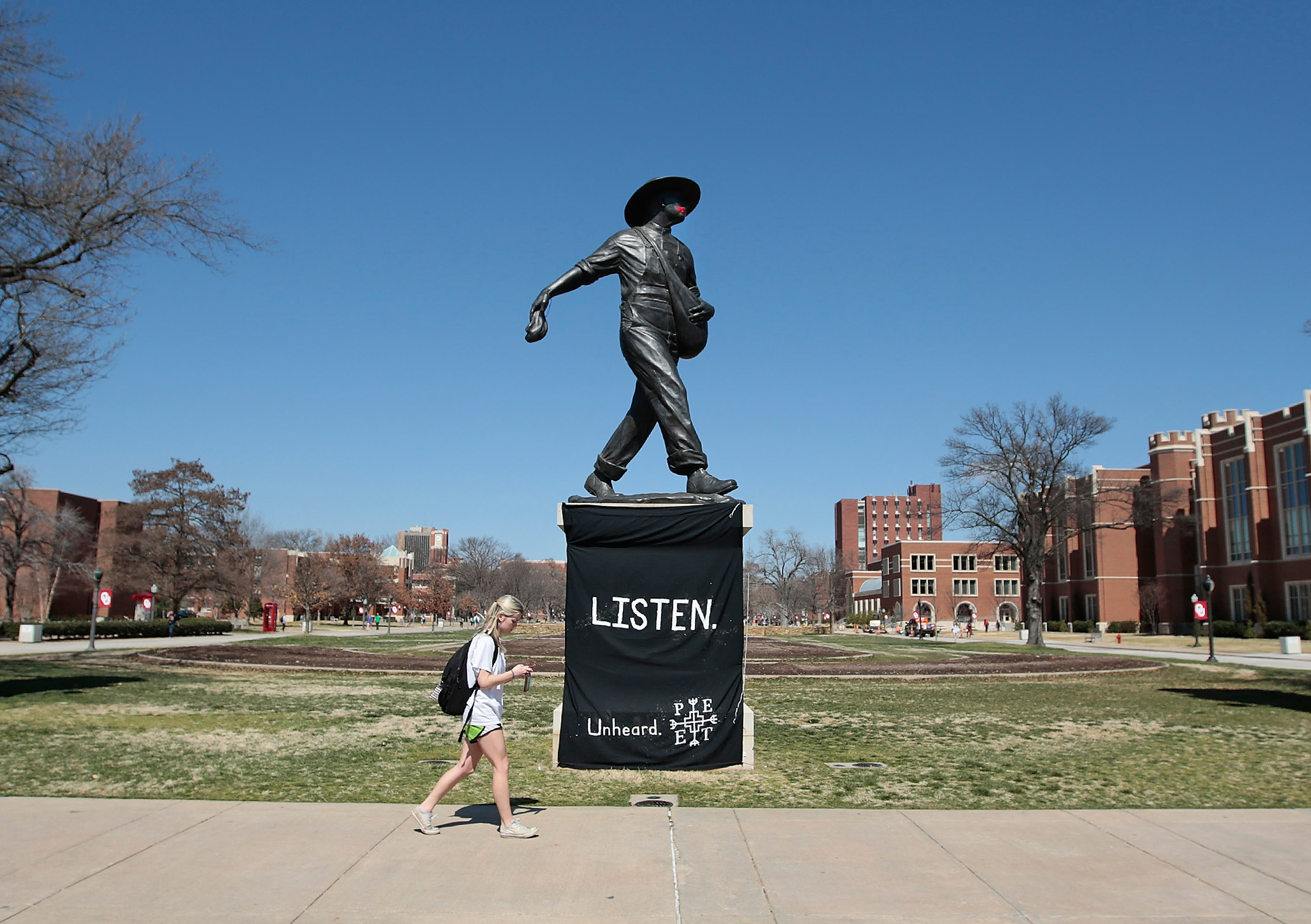SpaceX is finalizing preparations for the sixth test flight of its Starship rocket, with the launch scheduled for Monday, November 18.
The upper stage of the rocket is now positioned on the launch pad at SpaceX's Starbase facility in Boca Chica, Texas, the company said on X (formerly Twitter).
Standing at 397 feet tall, Starship is the world's largest and most powerful rocket, comprising two main sections: the upper "Starship" stage and the lower "Super Heavy" booster.
This groundbreaking rocket system is being developed with the ambitious goal of enabling lunar and interplanetary missions, including NASA's Artemis program, which aims to return astronauts to the moon before the end of the decade.
However, before Starship can reach this milestone, it must first clear numerous technical challenges—which is what the sixth test flight is all about.

What to Expect From SpaceX's Starship Sixth Test Flight
The upcoming Starship test is designed to expand the vehicle's performance capabilities and advance SpaceX's goal of a fully reusable launch system.
Key objectives include testing the booster's ability to return to the launch site for a "catch" maneuver, a dramatic feat first achieved during the fifth test flight in October.
Additionally, SpaceX will attempt to ignite a single Raptor engine on the Starship while in space, an essential step for future orbital operations.
Other goals involve testing new heat-shielding materials, assessing vehicle maneuverability and making reentry adjustments over the Indian Ocean.
"The success of the first catch attempt demonstrated the design feasibility while providing valuable data to continue improving hardware and software performance," SpaceX stated on its website.
This upcoming flight will feature upgrades such as improvements to the booster's propulsion systems, structural reinforcements and software enhancements to speed up fuel draining after a catch.
The attempted return-and-catch maneuver is contingent on several factors: a healthy booster, the tower—where the "chopsticks" that catch the booster are situated—and a final go-ahead command from the mission's Flight Director.
Should any of these conditions be unsatisfactory, the booster will default to a controlled landing in the Gulf of Mexico.
If the booster returns to the launch site, it will decelerate from supersonic speeds, generating sonic booms around the landing area.
Observers may hear a brief, thunder-like noise, though factors like weather and distance will affect the intensity. SpaceX emphasized that safety remains a priority: the booster's return will proceed only if conditions are ideal.
The Starship's upper stage will follow a path below complete Earth orbit, with splashdown planned in the Indian Ocean.
What Is SpaceX's Starship?
SpaceX's Starship spacecraft and its Super Heavy booster—collectively called "Starship"—are designed to form a reusable launch system capable of carrying crew and cargo to destinations including Earth orbit, the moon and Mars.
Starship, the most powerful rocket ever built, is designed to be fully reusable and capable of carrying up to 150 metric tons into space.
Once fully operational, Starship could transport up to 100 passengers on extended space missions, support satellite launches, enable lunar base construction and make ultra-fast travel between distant locations on Earth possible.
When and Where to Watch the SpaceX Starship Launch
The launch window for this Starship test flight opens at 4 p.m. CT (5 p.m. ET) on November 18. However, this timing could change depending on weather or technical conditions.
Space enthusiasts can tune in to the live broadcast on SpaceX's website or its X account, @SpaceX, starting approximately 30 minutes before liftoff.
Do you have a tip on a science story that Newsweek should be covering? Do you have a question about SpaceX? Let us know via science@newsweek.com.




















 English (US) ·
English (US) ·